Can Dogs Eat Mac n Cheese? Vet Explains Why This Comfort Food Is Unsafe!
- 16 Apr 2025 10:36
Macaroni and cheese – the ultimate comfort food for many humans. That creamy, cheesy, carby goodness is hard to resist. When you're indulging in a bowl, and your furry companion looks up with those big, hopeful eyes, you might be tempted to share a noodle or two. This leads many pet owners to ask: can dogs eat mac n cheese? While a single, plain, cooked noodle accidentally dropped might not cause immediate harm, the answer from veterinarians and canine nutritionists is a firm **NO**. Mac n cheese, especially the typical homemade or boxed varieties, is packed with ingredients that are unhealthy, difficult to digest, and potentially harmful for dogs.
This comprehensive guide, based on veterinary knowledge and adhering to E-E-A-T (Expertise, Authoritativeness, Trustworthiness) principles, will break down the components of mac n cheese and explain exactly why it's an unsuitable and unsafe food for your canine friend. We'll explore the risks associated with dairy, high fat, high sodium, refined carbohydrates, and potential toxic additives, emphasizing why this human favorite should stay firmly in the human's bowl.
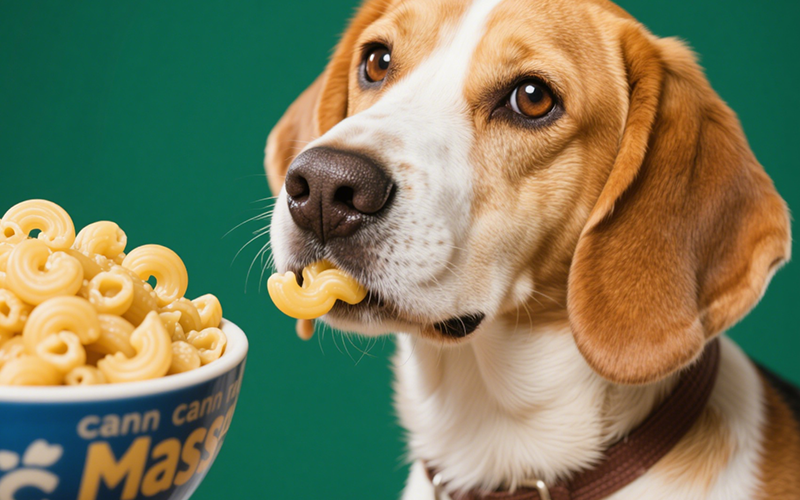
Deconstructing Mac n Cheese: Ingredients Unsuitable for Dogs
Let's examine the typical ingredients found in classic mac n cheese, whether homemade or from a box kit:
Pasta (Macaroni): Usually made from refined white wheat flour (semolina). Offers primarily simple carbohydrates with little fiber or nutritional value for dogs. Also contains gluten, a potential allergen for sensitive dogs.
Cheese/Cheese Sauce: The star ingredient, but problematic for dogs.
Dairy Content:** Contains lactose, the sugar in milk. Many adult dogs are **lactose intolerant**, lacking sufficient lactase enzyme to digest it properly.
High Fat Content:** Cheese is naturally high in fat. Cheese sauces often have added butter, cream, or whole milk, significantly increasing the fat load.
High Sodium Content:** Cheese is typically high in salt, and processed cheese sauces/powders are often loaded with additional sodium.
Processed Ingredients:** Powdered cheese mixes in boxed kits contain artificial colors, flavors, preservatives, and anti-caking agents.
Milk/Cream: Often added to homemade sauces or to prepare boxed versions. Adds lactose and fat.
Butter: Frequently used for richness in homemade sauces or added when preparing boxed kits. Contributes significant amounts of unhealthy fat.
Salt: Added to pasta water and often to the cheese sauce for flavor.
Optional (But Common) Add-ins:** These often increase the risk:
Processed Meats (e.g., Hot Dogs, Bacon Bits): Add excessive fat, sodium, and nitrates/nitrites.
Breadcrumbs (Buttered/Seasoned): Add refined carbs, fat, salt.
Onion or Garlic Powder: Sometimes added for flavor – **TOXIC** to dogs.
Other Seasonings: May include spices that irritate a dog's stomach.
This breakdown clearly shows that mac n cheese is a combination of ingredients – high fat, high sodium, lactose, refined carbs, potential allergens, and sometimes toxins – that are poorly suited for a dog's digestive system and overall health.
Why Mac n Cheese is Unsafe and Unhealthy for Dogs: Key Risks
Feeding mac n cheese to your dog isn't just giving them empty calories; it exposes them to several significant health risks:
1. Lactose Intolerance & Digestive Upset
Most adult dogs lack sufficient lactase, the enzyme needed to break down lactose (milk sugar). Consuming dairy-heavy foods like mac n cheese often leads to:
Diarrhea
Gas (Flatulence)
Bloating
Abdominal pain and cramping
Vomiting (less common than diarrhea but possible)
The discomfort from lactose intolerance in dogs is a primary reason to avoid dairy-rich foods.
2. High Fat Content & Pancreatitis Risk
Between the cheese, butter, and potentially added milk/cream or processed meats, mac n cheese is typically very high in fat.
Pancreatitis Trigger: High-fat meals are a leading cause of pancreatitis in dogs. This painful, potentially life-threatening inflammation of the pancreas requires immediate veterinary care and often involves hospitalization, IV fluids, pain management, and dietary changes. Even a moderate amount of a rich, fatty food like mac n cheese could trigger an attack, especially in predisposed breeds (e.g., Schnauzers, Yorkies) or dogs with a history of pancreatitis.
Gastrointestinal Distress: Even if full pancreatitis doesn't occur, the high fat can easily cause severe vomiting and diarrhea.
Obesity Contribution: Fat is calorie-dense, making mac n cheese a significant contributor to weight gain and obesity if fed even occasionally.
The high fat in mac n cheese poses both acute and chronic health dangers.
3. Excessive Sodium Content
Cheese itself is salty, and significant amounts of salt are often added to the pasta water and the cheese sauce (especially processed powders).
Health Risks: High sodium intake leads to increased thirst, dehydration, potential vomiting/diarrhea, and puts strain on the heart and kidneys, worsening existing conditions.
Sodium Poisoning Risk: Consuming large amounts of salt can lead to dangerous sodium ion poisoning (hypernatremia), causing neurological symptoms like tremors and seizures.
4. Refined Carbohydrates & Low Nutritional Value
The pasta is typically made from refined white flour.
Empty Calories: Provides calories with minimal fiber, vitamins, or minerals.
Blood Sugar Spikes:** Simple carbs can cause rapid fluctuations in blood sugar.
Nutrient Displacement:** Filling up on low-nutrient mac n cheese means less room for balanced dog food.
5. Potential Allergens
Common ingredients like wheat (gluten) and dairy are potential allergens for sensitive dogs, causing skin problems (itching, rashes, ear infections) or chronic digestive issues.
6. Harmful Additives & Hidden Toxins
Boxed mac n cheese powders and some homemade recipes can contain:
Artificial Colors/Flavors/Preservatives: Unnecessary chemicals.
Onion/Garlic Powder:** Sometimes hidden in "natural flavors" or seasoning packets – **TOXIC** to dogs, causing anemia.
Can Dogs Eat Plain Cooked Pasta or Cheese Separately?
Plain Cooked Pasta: Small amounts of plain, cooked pasta (without sauce, salt, or oil) are generally safe for dogs as an occasional treat, providing carbohydrates. However, it offers little nutritional value.
Cheese: Small, infrequent pieces of low-fat, low-sodium cheese (like mozzarella or cottage cheese) *might* be tolerated by some dogs as a high-value treat. However, many dogs are lactose intolerant, and cheese is still high in fat and salt compared to other treat options. High-fat or heavily processed cheeses should be avoided.
Combining these into mac n cheese, especially with added fats and salts, creates a much riskier scenario than offering tiny amounts of the plain components separately (which is still not ideal).
"Just a Noodle or Two?" Why Even Small Tastes Are Problematic
Sharing just a tiny bit might seem harmless, but:
Rich Sauce:** Even a single noodle is often coated in the high-fat, high-sodium, dairy-laden sauce, delivering problematic ingredients.
Pancreatitis Trigger:** It doesn't always take much fat to cause issues in sensitive dogs.
Reinforces Begging:** Teaches your dog that begging for unhealthy human food works.
Hidden Toxins:** You might not be aware if onion or garlic powder was used.
No Benefit:** It offers zero nutritional advantage.
There's no good reason to intentionally offer even small amounts of mac n cheese.
Emergency Action: What To Do If Your Dog Eats Mac n Cheese
If your dog manages to eat a significant amount of mac n cheese:
Assess Quantity and Ingredients:** How much was eaten? Did it contain any known toxic add-ins like onion or garlic powder, or large amounts of processed meat?
Remove Access:** Prevent further consumption.
Monitor Closely:** For a small lick or noodle, mild GI upset (gas, loose stool) might be the only outcome. However, watch carefully for:
Vomiting (especially if severe or persistent)
Diarrhea (especially if severe, watery, or bloody)
Lethargy, weakness
Abdominal pain (hunched posture, restlessness, guarding belly) – **Key sign of pancreatitis!**
Loss of appetite
Excessive thirst or dehydration
Signs of anemia (pale gums, weakness - if onion/garlic suspected)
Contact Your Veterinarian IF:**
A large quantity was consumed.
You know or suspect toxic ingredients (onion/garlic) were present.
Your dog is small or has a history of pancreatitis, kidney disease, heart disease, or dairy sensitivity.
Your dog develops any concerning symptoms, especially those related to pancreatitis or severe GI upset.
Provide Information:** Tell the vet what was eaten, quantity, time, ingredients (if known), and your dog's details.
Follow Vet Advice:** Treatment may involve managing GI upset, supportive care (fluids), diagnostics (blood work, imaging) if pancreatitis or toxicity is suspected, or hospitalization in severe cases.
Knowing what to do if dog eats mac n cheese involves monitoring closely and contacting the vet if large amounts or concerning symptoms occur.
Healthy & Safe Treat Alternatives Your Dog Will Prefer
Instead of unhealthy mac n cheese, choose treats that are safe and beneficial:
| Treat Option | Why It's Better Than Mac n Cheese |
| Mac n Cheese | UNSAFE: High Fat/Sodium/Dairy, Low Nutrition, Pancreatitis Risk, Potential Toxins (Onion/Garlic). Avoid. |
| Plain Cooked Lean Meat (Chicken, Turkey, Beef - small pieces) | High-quality protein, highly palatable. No salt/fat/dairy/toxins if plain & lean. Excellent safe savory treat. |
| Dog-Safe Vegetables (Carrots, Green Beans, Cucumber) | Low calorie, high fiber, vitamins. Safe, healthy, crunchy. |
| Dog-Safe Fruits (Blueberries, Apple Slices - no core/seeds) | Vitamins, antioxidants, fiber. Natural sugars (use moderately). Safe alternative. |
| Plain Cooked Rice (Small Amount) | Provides carbohydrates, generally easy to digest. Plain only. Better than refined pasta. |
| Commercial Dog Treats (High Quality) | Formulated for dogs. Choose reputable brands, check ingredients (avoid excessive salt/fat/fillers), monitor calories. |
Limit all treats to 10% of your dog's daily caloric intake.
Need Quick Pet Food Safety Info? PettureX is Here!
Navigating the complex world of human foods and pet safety can be confusing. The PettureX App offers innovative AI-powered tools to provide quick support and information for pet parents:
Food Identification: Use your camera to quickly identify common human foods like mac n cheese and get general pet safety warnings.
AI Symptom Analysis: If your pet eats something inappropriate and develops symptoms, input the details for preliminary AI insights to help guide your conversation with your vet.
24/7 AI Vet Consultation: Get immediate answers to urgent questions like, "What are the signs of pancreatitis in dogs?" or seek guidance on managing dietary indiscretions anytime.
PettureX provides valuable, instant support. Remember, however, it offers preliminary guidance and **cannot replace professional veterinary diagnosis, treatment, or emergency care.** Always consult your local veterinarian for definitive medical advice, especially if your pet ingests potentially harmful food or shows concerning symptoms.
Conclusion: Mac n Cheese is a Comfort Food Best Not Shared with Dogs
To definitively answer the question "can dogs eat mac n cheese?": **NO**, this popular human dish is unsafe and unhealthy for dogs and should be strictly avoided.
Key Reasons to Keep Mac n Cheese Away:
High Fat Content: Major risk factor for potentially life-threatening **pancreatitis**.
High Sodium Content: Dangerous for overall health, especially heart/kidneys; risk of sodium poisoning.
Dairy/Lactose: Likely to cause digestive upset (diarrhea, gas) in lactose-intolerant dogs.
Potential Toxic Ingredients: Risk of hidden **onion or garlic powder**.
Low Nutritional Value: Primarily empty calories from refined carbs and unhealthy fats.
Obesity Risk:** Contributes significantly to weight gain.
Protect your dog's health by resisting those pleading eyes and keeping mac n cheese exclusively for human enjoyment. Offer safe, species-appropriate treats as a way to show your love and ensure their long-term well-being.
Related
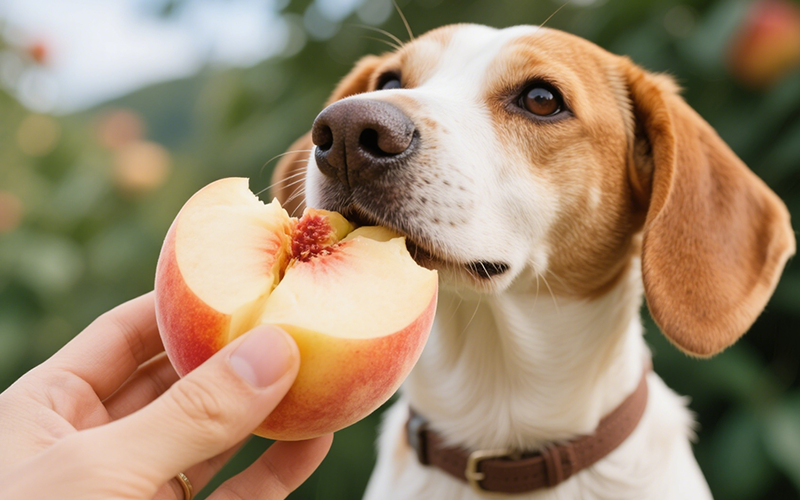
Can Dogs Eat Peaches? Vet Explains Benefits, Cyanide Risks & Safe Serving
- 16 Apr 2025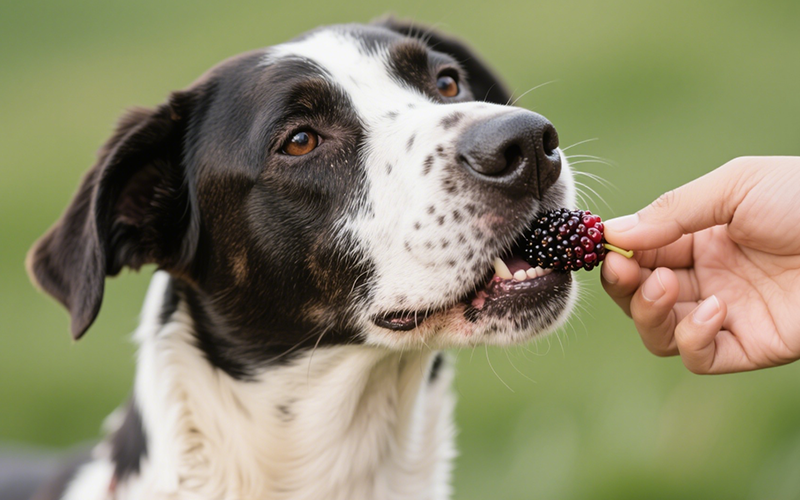
Can Dogs Eat Mulberries? Vet Explains Safety, Benefits & Potential Risks
- 16 Apr 2025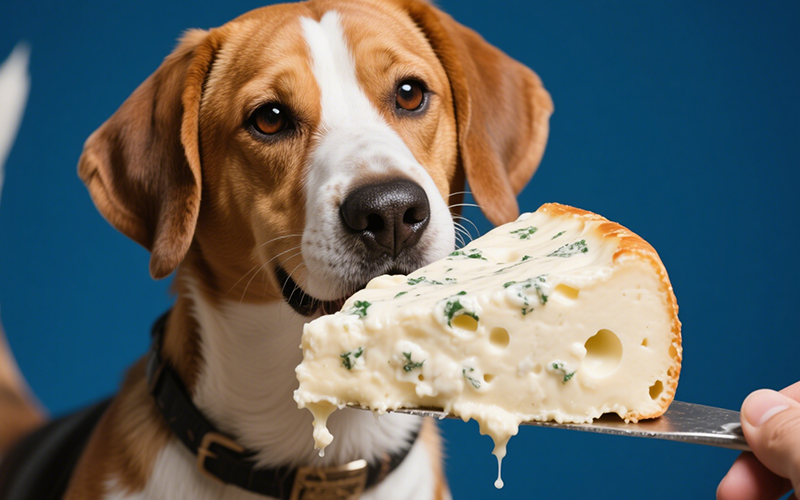
Can Dogs Eat Mozzarella? Vet Explains the Cheesy Truth (Risks & Benefits)
- 16 Apr 2025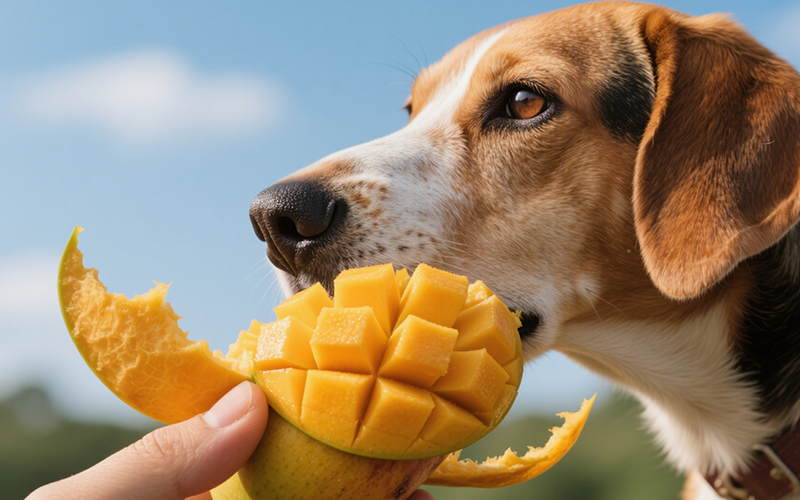
Can Dogs Eat Mango Skin? Vet Explains Why It's a Risky Chew!
- 16 Apr 2025
Can Dogs Eat Maple Syrup? The Sugary Truth & Why Vets Advise Against It
- 16 Apr 2025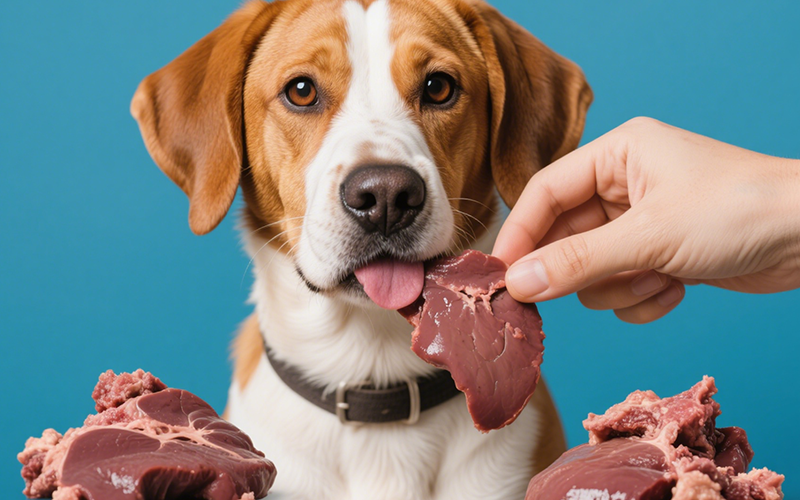
Can Dogs Eat Liver? Vet Guide to This Nutrient-Dense Organ Meat (Benefits & Risks!)
- 16 Apr 2025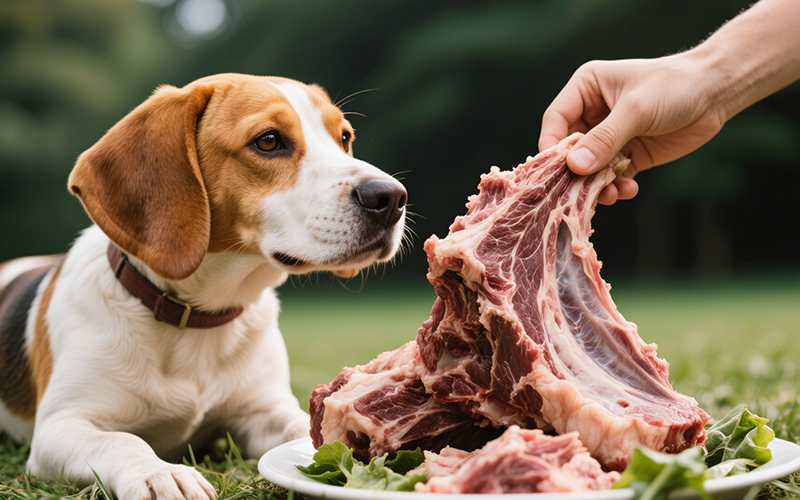
Can Dogs Eat Lamb? Vet Insights on This Nutritious Meat Option
- 16 Apr 2025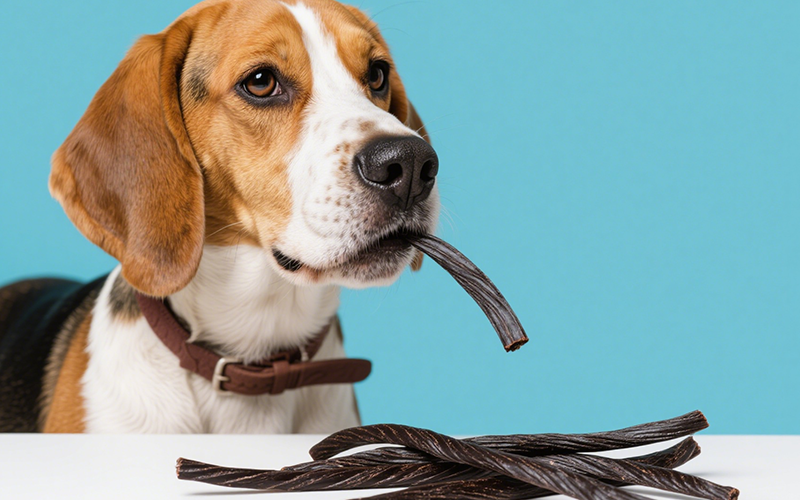
Can Dogs Eat Licorice? The Sweet Danger & Glycyrrhizin Risk Explained by Vets
- 16 Apr 2025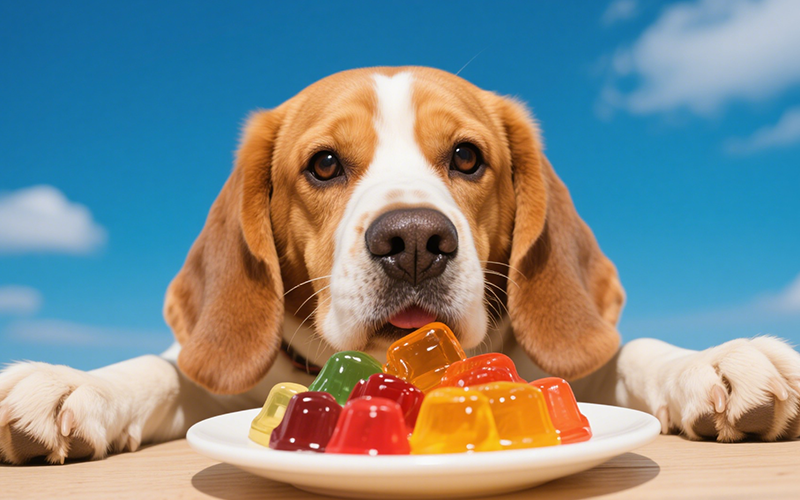
Can Dogs Eat Jelly? The Sweet Truth About Sugar, Xylitol & Why Vets Say No!
- 16 Apr 2025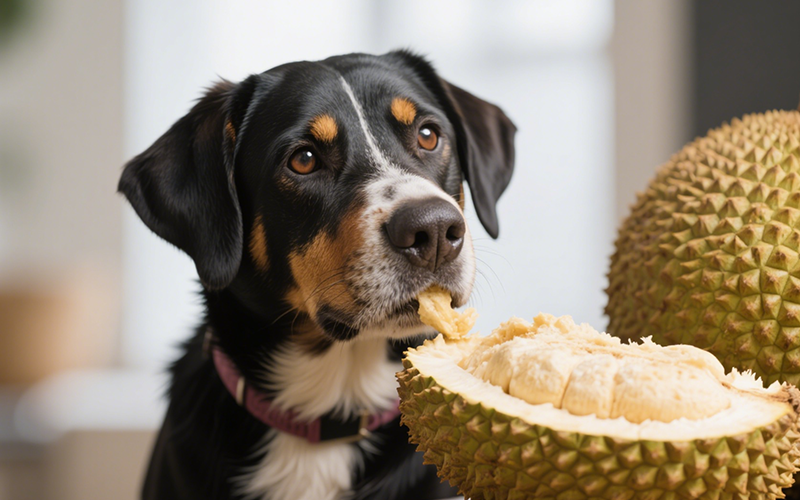
Can Dogs Eat Jackfruit? Vet Explains Potential Risks & Safe Preparation
- 15 Apr 2025
